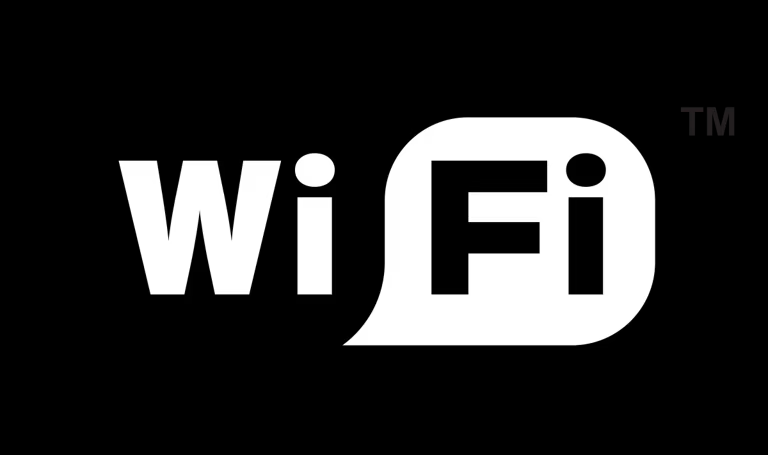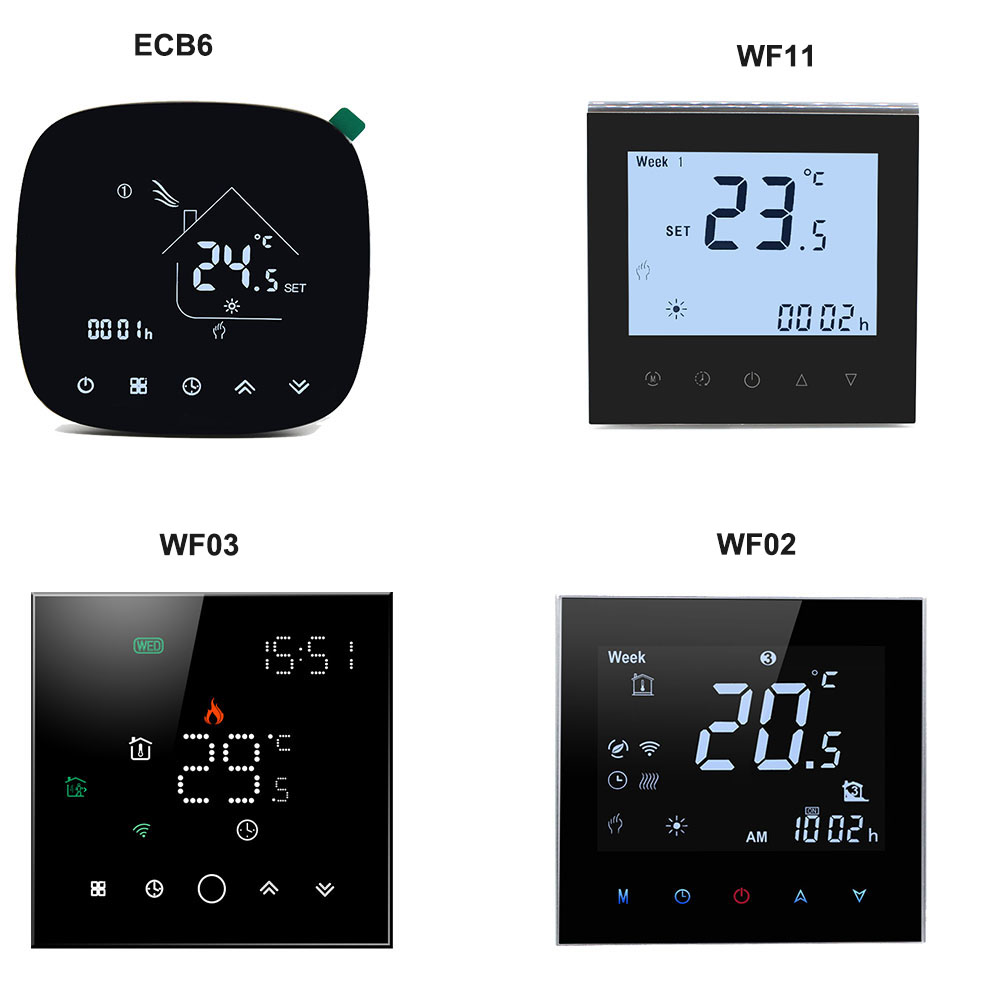WiFi, Zigbee, What's the difference? How we choose the suitable thermostat?

With the rapid expansion of the internet of things, more and more objects are becoming connected. With so many people looking to have total control, the home automation industry is growing, and with that, so are the options for the way these smart home devices communicate. Let’s to explore the pros and cons of Wifi and Zigbee. And know how to choose the style that best suits us.
What is Wi-Fi?

Let's begin with a brief description of what Wi-Fi is and how it works. You may already know, but for the sake of comparison with the other two protocols, it'll be useful to keep in mind. Wi-Fi uses radio frequencies to provide network connectivity and operates on either a 2.4 GHz frequency or a 5 GHz frequency. Wi-Fi uses a router which creates a local network for your smart home devices. Each device on the local area connection can communicate with one another because they are on the same network. As with anything in this world, there are pros and cons to Wi-Fi. Let's explore:
The Good
Ubiquitous – most people already have a Wi-Fi network setup, the technology is constantly improving and is not going anywhere.
No need for a hub – with Wi-Fi, you don't have an extra hub for smart home devices, as the devices will communicate directly with your router.
Cost- It's cheaper to make a smart home device Wi-Fi compatible, which translates into savings for customers.
The Bad
Router quality matters – When you are connecting many devices (10+), the quality of your router becomes important and if there is a chance that your internet provider set you up with a low-quality router as it saves them money.
Power consumption – Wi-Fi is not a low-power technology, so it requires a constant power supply, or your devices will need strong batteries.
Crowded frequency- Having a lot of connected devices crowds the frequency, which in turn slows your connection. However, devices use the internet at different rates, and if your devices are sending infrequent small commands, it won't affect your connection nearly as much as downloading a video would.
What is Zigbee?

Zigbee is another option for wireless communication and is similar to Z-wave. Zigbee became standardized in 2004. Like Z-wave, Zigbee targets the similar applications and wants to become the communication network for your smart home.
The Good
Mesh network – Just like Z-wave, Zigbee uses a mesh network. The difference is that Zigbee can handle up to 65,000 nodes.
Scalability – Due to its ability to handle many nodes, the scalability is unparalleled.
Lowest power consumption – Zigbee uses even less power than Z-wave does so batteries would last longer.
The Bad
Range – The low power consumption does come at a cost, the range of Zigbee (10m) is only a third of Z-wave (35m).
Hub requirement – Just like with Z-wave, you will need a hub.
Security – Zigbee is also not as secure as a Z-wave or Wi-Fi-based system. Zigbee does not require active confirmation in order for a device to be paired, which leaves it vulnerable to other users getting onto your wireless protocol. Active confirmation is when you must press a button for your device to pair, and a button on your device must be pressed as well to send out the pairing signal.
Zigbee Alliance – All devices to be certified by the Zigbee Alliance (a standardization body). Because of this extra compliance issue, it can deter some smart home manufacturers.
How We Choose Between Those 2 Kinds Thermostat?
Smart thermostats do not use a lot of the wireless bandwidth, and they communicate with your smart home relatively infrequently. You don't need additional equipment, and for high voltage installations (such as electric baseboard thermostats), the power consumption of a Wi-Fi chip does not matter as much. Hotowell wifi thermostat has a very powerful Wi-Fi chip and should have no problem responding to your commands even if it's installed far away from your router.

Wireless communication between smart home devices can be difficult when they operate on different wireless communication protocols. Zigbee require hubs, and they are only receptive to Zigbee products. Integrating other smart home devices that aren't Zigbee compatible can be annoying as they require additional pieces of hardware for them to communicate with each other and other devices.
Using Wi-Fi because it is more common for homes to have Wi-Fi connections as opposed to having Zigbee. The goal for WiFi thermostat was to be accessible to everyone without the use of a hub, or any additional service that you don't already have in your home.
In low-voltage homes, only 50% of homes have a common wire which would supply power directly to the thermostat. This means that having a device that draws a lot of power is not practical because the device would have to be so big to accommodate a large battery. However, in a high-voltage application, the power is not an issue, so Wi-Fi is an attractive option.
Final
While every options have their pros and cons, the answer to which one works for you depends on your smart home setup and what kind of control you want. Wi-Fi is great because it is accessible and smart home products are guaranteed to continue to be made compatible with it. As well, there is no additional hardware necessary. Zigbee is great for hosting multiple devices and not crowding your Wi-Fi connection. The key is to do your research and decide which route is best for you.
ECB Shape WiFi Thermostat/ Negative Screen FCU WiFI Thermostat/ Wireless RF WiFi Thermostat